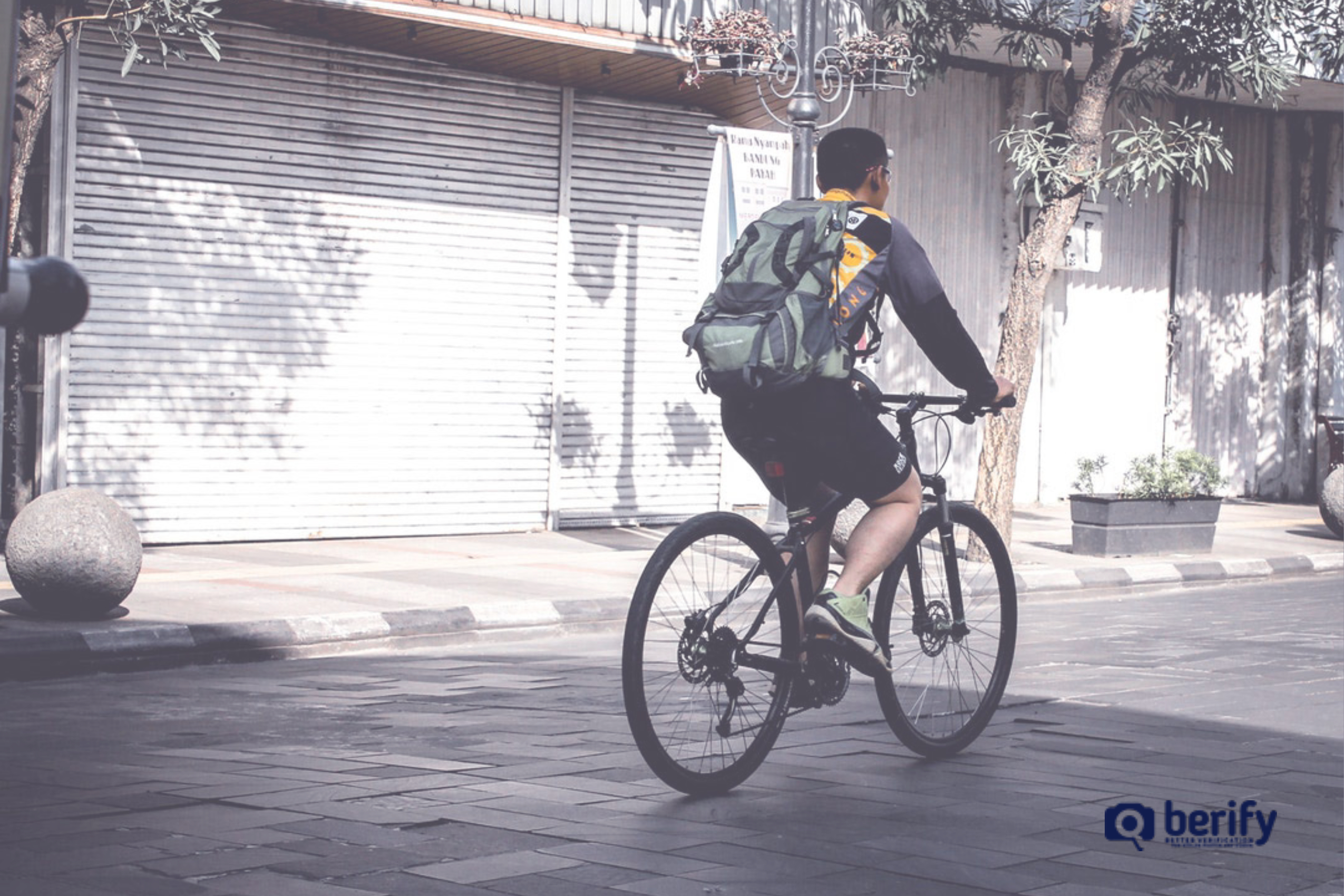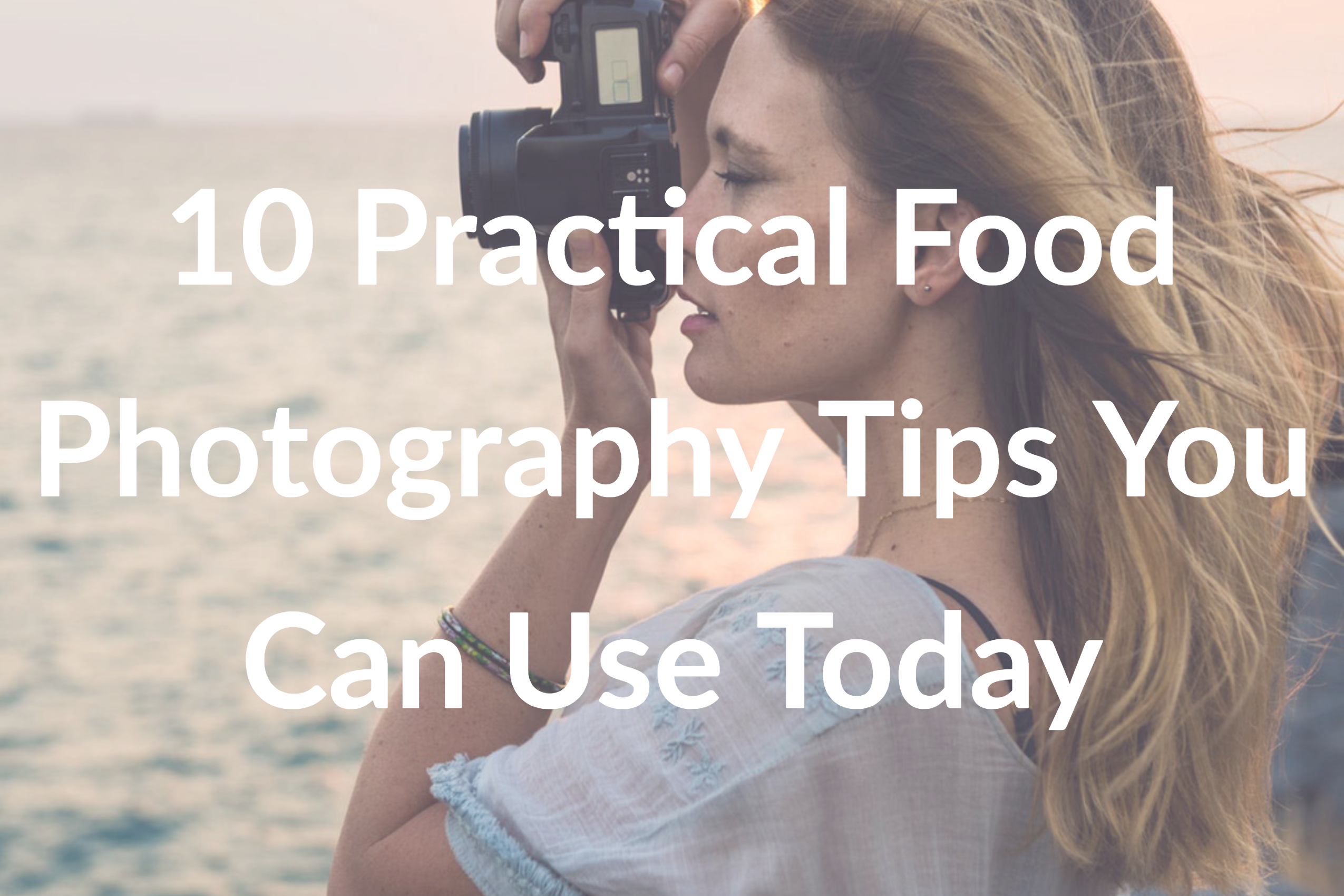5 Practical Street Photography Tips
Street photography is an art form which focuses on various candid images that capture real life in action. Although this type of photography is often taken amidst the hustle and bustle of big cities, street photographers also highlight the humanity of their subjects in stark or straightforward environments as well.
Whether you’re a novice or experienced in your craft, photography is a lifelong hobby and creative endeavor. While practice and experience will enhance the quality of your photographs and your ease during photo shoots, passion for your artistry is essential. Generally, if you want to improve your street photography, you will put in more time and effort.
Follow Our Guide for the Best Street Photography Tips in the Field
Quantity Will Lead to Quality
If you find a great scene and subject, don’t assume that taking one or two shots will produce the quality you want. Street photography can be time sensitive, as it often relies on occasional moments which can’t be recreated.
Though the limited time frame may also limit the number of images you take, when possible, take as many photographs as you can. It is often later when reviewing images that a photographer sees strength in shots that he or she did not expect to.
Tip: Novice photographers are sometimes afraid to draw attention to themselves in a public setting. However, if you’re going to take any photographs at all, set a minimum – the length of shoot or number of images – for yourself (when applicable). This gives your subjects the chance to naturally move into a more flattering pose or for action happening the background of an image to unfold.
Eye Level Is Boring
There are plenty of times, perhaps even the majority, when it’s appropriate to shoot your photographs at eye level. Often, taking a picture at eye level will produce quality images that can’t go wrong. The only problem with eye level photography is when it becomes the status quo and all that a photographer uses.
If you’ve never taken a photo from high, low, left or right, extraordinarily close or far, then you may be stuck in a rut that will be noticeable too, if not you, your fans. Don’t just do it sometimes, vary your photos all the time.
Tip: Browse the street photography of artists whom you admire. Look at the unique angles they choose to shoot from and consider incorporating similar perspectives into your images.
But Eyes Are Not Boring
Everything from city landscapes to country stores surrounded by wildflowers can provide outstanding locations for your street photographs. Your subjects might be people up close or from afar – appearing pensive, worried, joyful or more. If you do photograph a person, try and capture more than an outline of a grimace or smile.
By showcasing a subject’s eyes, your photo will glimmer with more personality. When you capture the expression and energy in a subject’s eyes, their essence is sure to follow and contribute to the meaning of your piece.
Tip: Focusing on a subject’s eyes does not mean they must stare straight at the camera every time. Just as we watch those around us emote from different angles, a subject’s eyes might be sleepy, stare elsewhere, or be close and personal.
Show The Mundane
Newbie street photographers may envision their photography being historical or poignant and assume this relies on dramatic life events or incredibly memorable candid shots. On the contrary, simplicity can speak volumes. Pushing natural life to be tense all the time is not realistic. Street photography can take a subtle facial expression, the unpacking of a truck, or a street vendor selling a hot dog and make it something to behold.
Tip: The moment when something happens that you want to photograph might be the moment when nothing monumental seems to be.
Take Charge
The ability to feel comfortable and uninhibited shooting outdoors or on the street will evolve with experience. This will make it easier to ask your subjects to hold a pose or make one. Yes, you want to capture real life, but if a particular image is essential to capture, speak up. If you want a subject to move, try asking them to show you things (such as a watch or aspects of their work).
Make conversation, as your subjects will also feel more comfortable if you communicate with them. Since street photography uses (most of the time) “real,” nonprofessional models, they may feel uncertain in front of the camera’s lens. Convey what the shoot will be like and how it works.
This doesn’t have to be more than a few necessary explanations. It also doesn’t matter whether you have subjects you arranged for in advance or those you just met on the street. Talk to your subject and be thankful when they respond in kind, through their action and expression.
Want more street photography tips? Let us know in the comments! Ultimately, street photography is showcasing the world as you see it. Two photographers can take vastly different images of the same scene and situation. This is what makes street photography exciting and rewardable – for photographer and viewer.
Unsure if someone has used your street photography images without your consent? Try Berify’s reverse image search of your copyrighted materials and scour the net!








